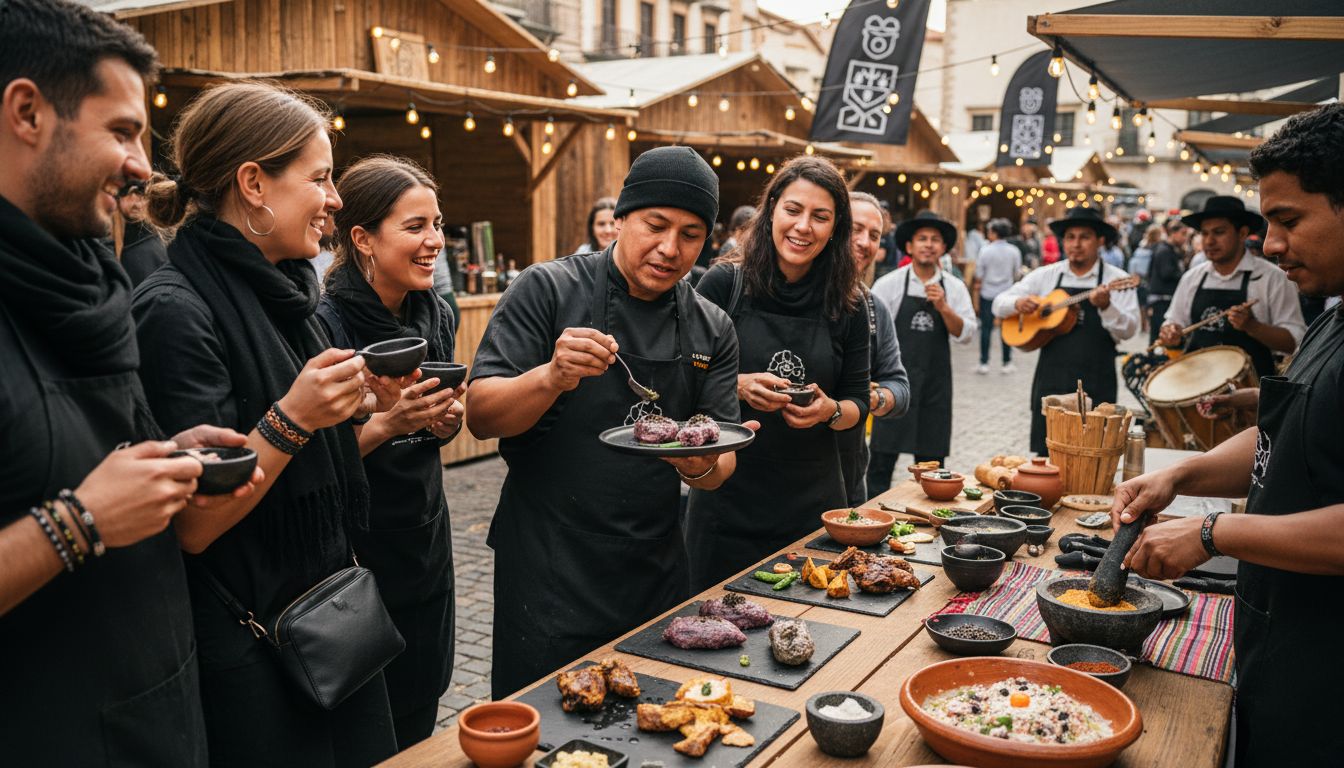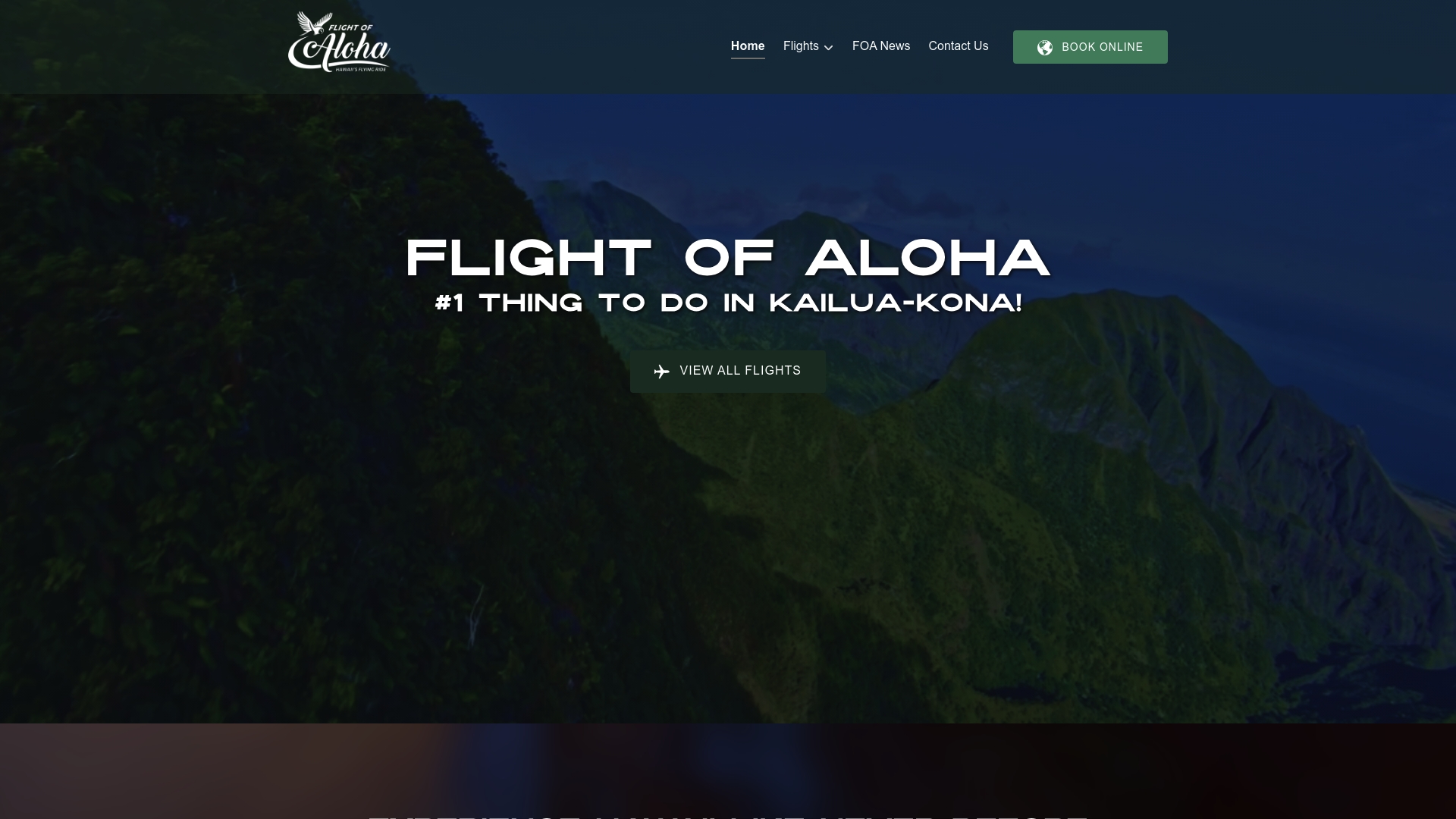Advantages of Cultural Tourism: Complete Guide

More than 40 percent of travelers now seek experiences that connect them with local culture on a deeper level. Cultural tourism stands out because it transforms a simple trip into a chance for learning, personal growth, and real human connection. As demand for authentic encounters grows, understanding what defines cultural tourism helps travelers and communities alike build more meaningful journeys that leave a lasting impact.
Table of Contents
- Defining Cultural Tourism And Key Concepts
- Types Of Cultural Tourism Experiences
- Economic And Social Benefits For Communities
- Enriching Visitor Experiences And Wellbeing
- Balancing Authenticity And Preservation Needs
Key Takeaways
| Point | Details |
|---|---|
| Cultural Tourism Defined | Cultural tourism emphasizes immersive experiences, fostering connections between travelers and local communities rather than passive observations. |
| Types of Experiences | Cultural tourism includes various categories like culinary, artistic, indigenous, and noctourism, each offering unique ways to engage with cultures. |
| Economic and Social Impact | It supports local economies by creating jobs and enhancing community engagement through cultural exchange. |
| Balancing Authenticity with Access | Successful cultural tourism requires strategies for preserving local heritage while allowing responsible visitor interactions. |
Defining Cultural Tourism and Key Concepts
Cultural tourism represents a profound travel experience that goes beyond traditional sightseeing, focusing on immersive encounters with local traditions, heritage, and authentic community practices. According to research from MDPI, cultural tourism is increasingly recognized as a critical component of sustainable destination development, creating meaningful connections between travelers and host communities.
At its core, cultural tourism involves travelers engaging directly with the living culture of a destination – not just observing historical artifacts, but participating in contemporary cultural expressions. Link.springer.com highlights how performing arts, local customs, and interactive heritage experiences form the fundamental building blocks of this tourism model. This approach transforms travelers from passive observers into active participants who gain deeper understanding through genuine cultural interactions.
Key characteristics of cultural tourism include:
- Respect for local traditions and community values
- Meaningful cross-cultural exchanges
- Support for local economies and cultural preservation
- Educational experiences that promote mutual understanding
- Authentic interactions with indigenous practices and contemporary cultural expressions
Understanding cultural tourism requires recognizing it as more than a travel style – it’s a bridge between different human experiences. By prioritizing genuine connections and mutual respect, cultural tourism offers travelers transformative journeys that expand perspectives and celebrate the rich diversity of human heritage. Learn more about Hawaiian cultural traditions in our Understanding Hawaiian Tradition In Tourism guide, which explores how authentic cultural experiences can create profound travel memories.
Types of Cultural Tourism Experiences
Cultural tourism encompasses a diverse range of immersive travel experiences that allow travelers to deeply engage with different cultural expressions. One fascinating emerging trend is noctourism, which Wikipedia describes as tourism activities conducted after sunset, offering unique perspectives on local culture through nighttime city walks, festivals, and distinctive evening encounters that reveal a destination’s alternative character.
Beyond traditional sightseeing, cultural tourism experiences can be categorized into several distinctive types:
Here’s a summary of major types of cultural tourism experiences:
| Type of Experience | Main Activities | Example Attractions |
|---|---|---|
| Historical & Heritage | Museums Archaeological sites Landmarks |
Ancient ruins History museums |
| Artistic & Performance | Live theater Music festivals Art exhibitions |
Opera houses Cultural festivals |
| Culinary | Food tours Cooking classes Food festivals |
Local markets Culinary schools |
| Indigenous Cultural | Community workshops Storytelling Traditional crafts |
Village tours Cultural centers |
| Pop Culture & Media | Set visits Cultural pilgrimages Fan events |
Filming locations Anime-themed tours |
| Noctourism | Night walks Evening festivals Cultural events after sunset |
Night markets Light festivals |
- Historical and Heritage Tourism: Exploring museums, archaeological sites, and historical landmarks
- Artistic and Performance Tourism: Engaging with local performing arts, music festivals, and creative traditions
- Culinary Tourism: Experiencing local cuisine, cooking classes, and food festivals
- Indigenous Cultural Tourism: Connecting with traditional communities and their living practices
- Pop Culture and Media Tourism: Exploring locations connected to film, literature, and contemporary cultural phenomena
A fascinating example of specialized cultural tourism is seichi junrei, as documented by Wikipedia, where fans visit real-world locations featured in anime and manga, blending cultural pilgrimage with modern media fandom. This demonstrates how cultural tourism continues to evolve, embracing contemporary cultural expressions alongside traditional heritage experiences.

Those interested in experiencing rich cultural journeys can explore more about unique cultural attractions in our Understanding Hawaiian Cultural Rides guide, which offers insights into immersive cultural experiences that go beyond typical tourist encounters.
Economic and Social Benefits for Communities
Cultural tourism represents more than just a travel experience; it’s a powerful economic and social catalyst for local communities. Research from MDPI reveals that cultural heritage tourism significantly contributes to economic growth and social cohesion by creating sustainable development pathways that directly benefit local populations.
The economic impacts of cultural tourism are multifaceted and profound:
- Job Creation: Generating employment opportunities across various sectors
- Local Business Support: Increasing revenue for small businesses and artisans
- Infrastructure Development: Encouraging investments in community facilities
- Skill Enhancement: Providing opportunities for local residents to develop professional skills
- Economic Diversification: Creating alternative income streams beyond traditional industries
According to Link.springer.com, the social benefits are equally transformative. Cultural tourism promotes community engagement, preserves traditional practices, and creates platforms for cultural exchange that strengthen social bonds and enhance community pride. By inviting travelers to experience authentic local traditions, communities can share their heritage while simultaneously generating economic opportunities.
Those interested in understanding how cultural attractions can support local communities can explore our Why Support Local Attractions guide, which offers deeper insights into the meaningful connections between tourism and community development.
![]()
Enriching Visitor Experiences and Wellbeing
Cultural tourism offers far more than traditional travel experiences – it provides transformative journeys that profoundly impact personal wellbeing and understanding. IEREK highlights the concept of slow travel, which allows travelers to deeply engage with local cultures, creating more meaningful and personally enriching experiences that go beyond surface-level interactions.
Key aspects of enriching visitor experiences include:
- Emotional Connection: Developing genuine understanding of different cultural perspectives
- Personal Growth: Challenging preconceived notions and expanding worldviews
- Mindful Exploration: Encouraging reflective and intentional travel experiences
- Psychological Renewal: Providing opportunities for mental refreshment and personal transformation
- Authentic Interactions: Creating meaningful connections with local communities
Technological innovations are further enhancing cultural tourism experiences. Research from arXiv demonstrates how augmented and virtual reality technologies can revitalize cultural destinations, offering immersive approaches that allow travelers to experience heritage in more interactive and engaging ways. These technological advancements create deeper, more meaningful connections between visitors and cultural destinations.
Those curious about unique immersive experiences can explore our Understanding What Makes Hawaii Immersive Experiences Special guide, which offers insights into creating profound cultural connections that transform traditional travel into extraordinary personal journeys.
Balancing Authenticity and Preservation Needs
Cultural preservation represents a delicate balance between sharing traditions and protecting their intrinsic integrity. Research from MDPI highlights the critical challenge of maintaining cultural authenticity while developing sustainable tourism practices that simultaneously protect and celebrate local heritage.
Key strategies for maintaining cultural authenticity include:
- Community-Led Tourism: Empowering local communities to control narrative and experiences
- Limited Tourist Access: Implementing responsible visitor management techniques
- Educational Interpretation: Providing meaningful context about cultural significance
- Respectful Engagement: Creating guidelines for visitor interactions
- Economic Compensation: Ensuring local communities directly benefit from cultural sharing
According to Link.springer.com, successful preservation requires a collaborative approach that prioritizes local perspectives and traditional knowledge. This means moving beyond commodification and treating cultural experiences as living, dynamic traditions rather than static museum exhibits. The goal is creating mutual respect between visitors and host communities.
For those interested in understanding how cultural attractions can maintain their authentic essence, our Hawaiian Community Engagement in Tourism guide offers profound insights into responsible cultural representation and meaningful community interactions.
Experience Cultural Tourism Like Never Before with Flight of Aloha
The article highlights the challenge of finding truly immersive and authentic cultural tourism experiences that go beyond passive observation. Many travelers seek emotional connections and meaningful engagement with local heritage while ensuring respect and preservation of traditions. At Flight of Aloha, we understand these goals deeply by offering a unique Hawaiian immersive flying theater that captures the spirit of cultural storytelling through vivid 8K visuals, motion, scents, and wind effects. This innovative approach bridges the gap between cultural education and entertainment, allowing you to actively experience Hawaiian legends such as “Naupaka” and “Lahaina” in ways traditional museums or tours cannot match.

Are you ready to transform your understanding of cultural tourism into a thrilling journey that supports community heritage and brings personal growth? Discover one of the most distinctive cultural attractions in Hawai’i at Flight of Aloha. Learn how our immersive rides create emotional connections rooted in respect and aloha in the Understanding Hawaiian Tradition in Tourism guide, or explore the rich cultural storytelling behind our experiences in Understanding Hawaiian Cultural Rides. Book your ticket now for a once-in-a-lifetime cultural journey that celebrates the heart of Hawai’i and supports sustainable tourism practices.
Frequently Asked Questions
What is cultural tourism?
Cultural tourism involves immersive travel experiences that allow travelers to engage directly with local traditions, heritage, and community practices, transforming them from passive observers into active participants.
What are the benefits of cultural tourism for local communities?
Cultural tourism provides economic advantages like job creation and support for local businesses, while also fostering social cohesion and preserving traditional practices, ultimately benefiting local populations.
How does cultural tourism enhance visitor experiences?
Cultural tourism enriches visitor experiences by promoting emotional connections, personal growth, and authentic interactions with local communities, often leading to transformative journeys that contribute to personal wellbeing.
What challenges does cultural tourism face in preserving authenticity?
Maintaining cultural authenticity poses challenges such as balancing tourism development with the protection of local traditions and ensuring that community narratives are prioritized, which can be addressed through community-led tourism and respectful visitor engagement.
Recommended
- Understanding Hawaiian Cultural Rides: A Comprehensive Guide | Flight Of Aloha
- Understanding Hawaiian Tradition In Tourism | Flight Of Aloha
- Why Support Local Attractions: Complete Guide | Flight Of Aloha
- Complete Guide To Hawaiian Community Engagement In Tourism | Flight Of Aloha
- Complete Guide to Guides’ Role in Morocco Tours
- A Complete Travel Guide to Dubrovnik: Explore the Historic Charm and Breathtaking Views of the City – PilotTravelDeals.com
